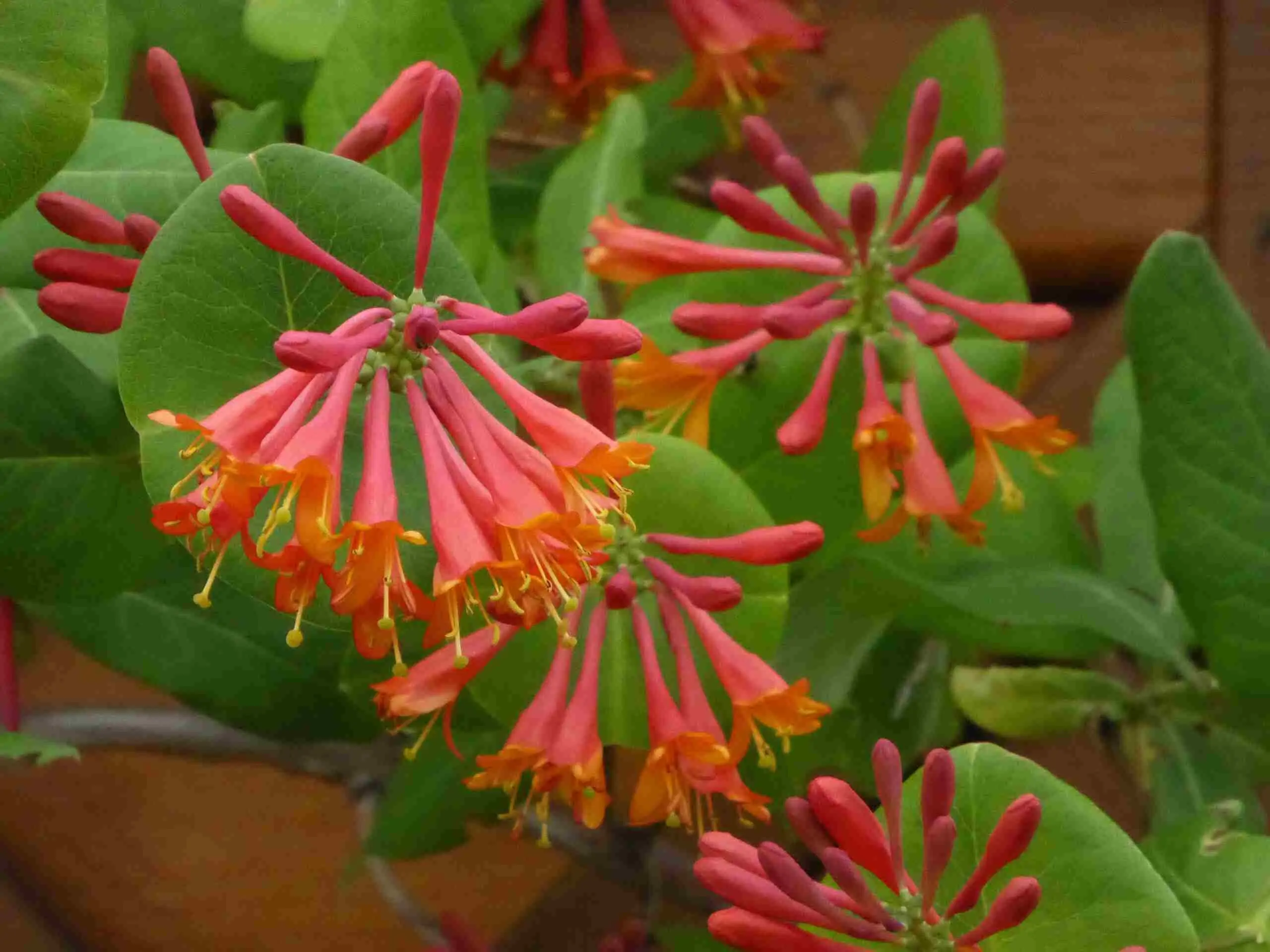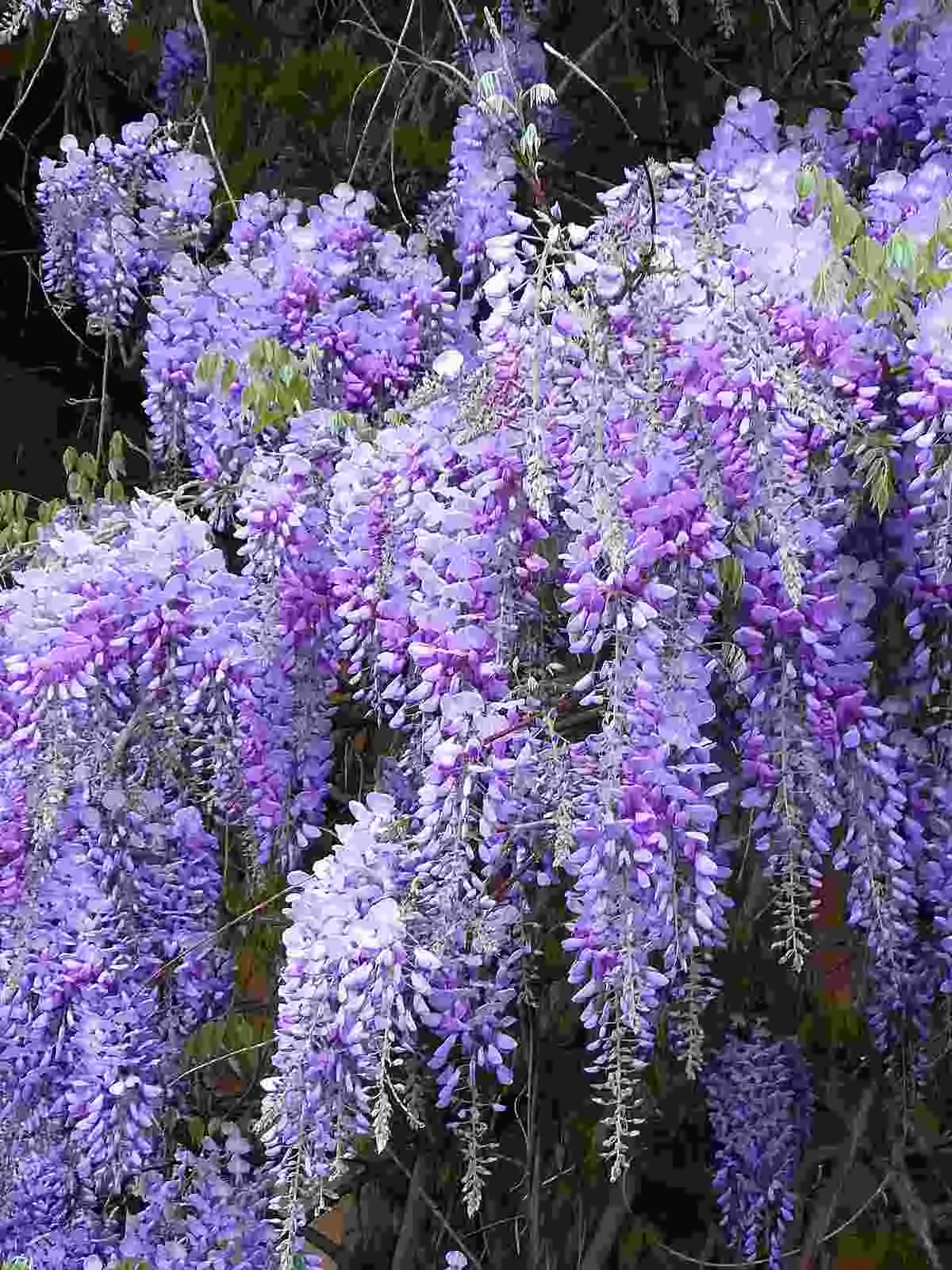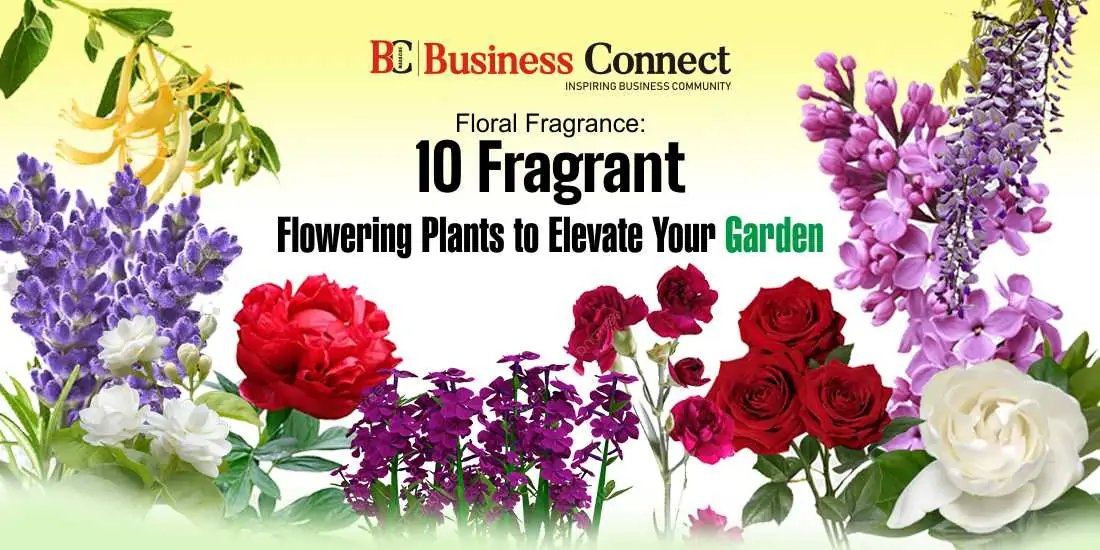Floral Fragrance: 10 Fragrant Flowering Plants to Elevate Your Garden
Written by Sanjay Kumar
The beauty of a garden can be enhanced with the addition of fragrant flowering plants. They not only add visual appeal, but they also infuse the air with sweet aromas that can lift one’s spirits and create a relaxing environment. In this blog post, we will explore ten fragrant flowering plants that can be incorporated into any garden.
10 fragrant flowering plants for garden
01 – Lavender (Lavandula)
- Zones: 5-8
- Bloom time: June to August
- Height: 2 to 3 feet
- Flower colors: Lavender, deep blue-purple, light pink, white
Lavender is a hardy perennial that is known for its beautiful purple-blue flowers and soothing fragrance. The flowers grow in tall spikes and are often used in arrangements or dried for potpourri. Lavender is a member of the mint family and is native to the Mediterranean region. The oil from lavender has been used for centuries in aromatherapy to promote relaxation and relieve stress. Lavender plants thrive in full sun and well-draining soil. They require regular watering, but it’s important not to overwater them, as they are susceptible to root rot.
02 – Roses (Rosa)
Bloom time – October-November and February to March.
Roses are a classic choice for a fragrant garden. They come in a wide variety of colors, shapes, and fragrances, making them a versatile choice for any garden. Many types of roses, such as Old Garden Roses and David Austin Roses, have a strong and pleasant fragrance. Roses require full sun and well-draining soil to thrive. They also require regular pruning to promote healthy growth and blooming.
03 – Jasmine (Jasminum)
Bloom time – is July-August and from the end of January-February, while in South India planting is done any time between July-December.
Jasmine is a tropical plant that produces delicate white flowers with a sweet, intoxicating fragrance. It is commonly used in perfumes, teas, and essential oils. Jasmine plants thrive in warm climates and require full sun or partial shade. They prefer well-draining soil and regular watering. Jasmine can be trained to climb trellises or fences, making it a great choice for adding height to a garden.
04 – Gardenia (Gardenia jasminoides)
- Planting season: Fall
- Flowering season: May-June, sporadically in summer
- Common pests and diseases: whiteflies, nematodes, root rot, powdery mildew, stem canker, bud drop

Gardenias are prized for their beautiful white flowers and sweet fragrance. They are often used as cut flowers due to their long vase life. Gardenias are native to China and thrive in warm, humid environments. They require partial shade and well-draining soil. Gardenias are also sensitive to frost and require protection in colder climates. Gardenias can be grown in containers, making them a great choice for adding fragrance to patios or balconies.
05 – Lilac (Syringa)
- Planting season: fall
- Flowering season: mid-to-late spring
- Common pests and diseases: aphids, leaf spot, leafroller, spider mites, mealy bugs, whiteflies, bagworm, tent caterpillar, ascochyta blight, bacterial blight, powdery mildew, shoot blight
Lilacs are known for their clusters of purple, pink, or white flowers and sweet fragrances. They are deciduous shrub that prefers full sun and well-draining soil. Lilacs are easy to grow and can reach a height of up to 15 feet. They are also attractive to bees and butterflies. Lilacs can be pruned after blooming to promote healthy growth and blooming the following year.
06 – Honeysuckle (Lonicera)
- Planting season: early spring, after the last frost
- Flowering season: late spring; some bloom until early fall
- Common pests and diseases: aphids, European honeysuckle leafroller, honeysuckle sawflies, snowberry clearwing, leaf blight, powdery mildew, crown gall

Honeysuckle is a climbing vine that produces sweet-smelling flowers in shades of white, yellow, and pink. It is a hardy plant that can thrive in a variety of soil types and lighting conditions. Honeysuckle is often used as a natural screen or fence due to its dense growth habit. It is also a favorite of hummingbirds and butterflies. Honeysuckle can be pruned in the spring to promote healthy growth and blooming.
07 – Sweet Pea (Lathyrus odoratus)
- Plant Type: Annual, flowering vine
- Bloom Time: Late winter-early summer, depending on the location
- Spacing: 6 feet
- Pests & Diseases: Aphids, caterpillars, cutworms, leafminers, thrips, snails, slugs
- Flower Color: White, yellow, deep purple, violet, lavender, blue, pink, red
Sweet peas are fragrant annual flowers that produce delicate blooms in shades of pink, white, and purple. They are climbing plants that require support, such as a trellis or fence. Sweet peas prefer cooler weather and well-draining soil. They are also a favorite of gardeners due to their sweet fragrance. Sweet peas can be sown in the fall for early spring blooms, or in the spring for summer blooms.
08 – Wisteria (Wisteria sinensis)

Wisteria is a climbing vine that produces cascading clusters of fragrant purple or white flowers. It is a hardy plant that requires full sun or partial shade and well-draining soil. Wisteria can be trained to grow on trellises, fences, or pergolas, making it a great choice for adding height and fragrance to a garden. Wisteria is also attractive to bees, butterflies, and hummingbirds. It should be pruned in the late summer or early fall to promote healthy growth and blooming.
09 – Dianthus (Dianthus barbatus)
- Planting season: early spring, after the last frost
- Flowering season: summer
- Common pests and diseases: aphids, grasshoppers, slugs and snails, sow bugs, rust, fungal crown rot
Dianthus, also known as Sweet William, is a fragrant perennial flower that produces clusters of small, colorful blooms in shades of pink, red, white, and purple. It is a hardy plant that prefers full sun and well-draining soil. Dianthus is a favorite of gardeners due to its sweet fragrance and long vase life. It can also be grown as a cut flower.
10 – Peony (Paeonia)
- Planting season: fall
- Flowering season: late spring to early summer
- Common pests and diseases: nematodes, Japanese beetles, leaf blotch, botrytis blight, stem rot, tip blight, ringspot virus, verticillium wilt
Peonies are a popular choice for a fragrant garden due to their large, showy flowers and sweet fragrance. They come in a variety of colors, including pink, white, and red. Peonies are hardy perennials that prefer full sun and well-draining soil. They require regular watering, but it’s important not to overwater them, as they are susceptible to root rot. Peonies can be pruned after blooming to promote healthy growth and blooming the following year.
Conclusion
In conclusion, a fragrant garden is not only visually appealing, but it also engages our sense of smell, providing a multi-sensory experience. The ten fragrant flowering plants discussed above – Lavender, Roses, Jasmine, Gardenia, Lilac, Honeysuckle, Sweet Pea, Wisteria, Dianthus, and Peony – are just a few examples of the many beautiful and aromatic plants that can be grown in a garden.
By choosing plants that thrive in your climate and providing them with proper care, you can create a garden that not only looks beautiful but smells wonderful too. With a little patience and effort, you can create a fragrant oasis that will be enjoyed by you, your family, and your guests for years to come.
FAQ
01. What are some fragrant flowering plants that can be added to a garden?
Some fragrant flowering plants that can be added to a garden include lavender, roses, jasmine, gardenia, lilac, honeysuckle, sweet pea, wisteria, dianthus, and peony.
02. What is lavender known for?
Lavender is known for its beautiful purple-blue flowers and soothing fragrance. It is a member of the mint family and is native to the Mediterranean region. The oil from lavender has been used for centuries in aromatherapy to promote relaxation and relieve stress.
03. How do you grow lavender plants?
Lavender plants thrive in full sun and well-draining soil. They require regular watering, but it’s important not to overwater them, as they are susceptible to root rot.
04. What is the benefit of adding roses to a garden?
Roses are a classic choice for a fragrant garden. They come in a wide variety of colors, shapes, and fragrances, making them a versatile choice for any garden. Many types of roses, such as Old Garden Roses and David Austin Roses, have a strong and pleasant fragrance.
05. What is jasmine known for?
Jasmine is a tropical plant that produces delicate white flowers with a sweet, intoxicating fragrance. It is commonly used in perfumes, teas, and essential oils.
06. How do you grow jasmine plants?
Jasmine plants thrive in warm climates and require full sun or partial shade. They prefer well-draining soil and regular watering. Jasmine can be trained to climb trellises or fences, making it a great choice for adding height to a garden.
07. What is gardenia known for?
Gardenias are prized for their beautiful white flowers and sweet fragrance. They are often used as cut flowers due to their long vase life.
08. How do you grow gardenias?
Gardenias are native to China and thrive in warm, humid environments. They require partial shade and well-draining soil. Gardenias are also sensitive to frost and require protection in colder climates. Gardenias can be grown in containers, making them a great choice for adding fragrance to patios or balconies.
09. What is lilac known for?
Lilacs are known for their clusters of purple, pink, or white flowers and sweet fragrances. They are deciduous shrub that prefers full sun and well-draining soil.
10. How do you grow lilacs?
Lilacs are easy to grow and can reach a height of up to 15 feet. They are also attractive to bees and butterflies. Lilacs can be pruned after blooming to promote healthy growth and blooming the following year.
11. What is honeysuckle known for?
Honeysuckle is a climbing vine that produces sweet-smelling flowers in shades of white, yellow, and pink. It is often used as a natural screen or fence due to its dense growth habit.
12. How do you grow honeysuckle?
Honeysuckle is a hardy plant that can thrive in a variety of soil types and lighting conditions. It is also a favorite of hummingbirds and butterflies. Honeysuckle can be pruned in the spring to promote healthy growth and blooming.
13. What is sweet pea known for?
Sweet peas are fragrant annual flowers that produce delicate blooms in shades of pink, white, and purple. They are climbing plant that requires support, such as a trellis or fence.
Q.3- Is there a zero-star hotel?
In the village of Saillon, in the southern canton of Valais, Switzerland, the Swiss concept artists have unveiled an “anti-idyllic” version of their zero-star hotel concept, where visitors have a double bed on a platform without walls or ceiling, situated on a roadside next to a gas station.


